
Antarctica is actually a... desert - Photo: Discoveringantarctica
Despite being covered in ice and snow year-round, Antarctica is still classified as a desert due to its extremely low average annual rainfall, only about 50 mm inland and 200 mm along the coastal areas.
Instead of rain, there is only a little snowfall, which is then blown by the wind to create fierce snowstorms like the "sandstorms" of hot deserts.
This place possesses many "bests" such as the coldest, windiest and driest land in the world ; the best place on Earth to observe the universe...
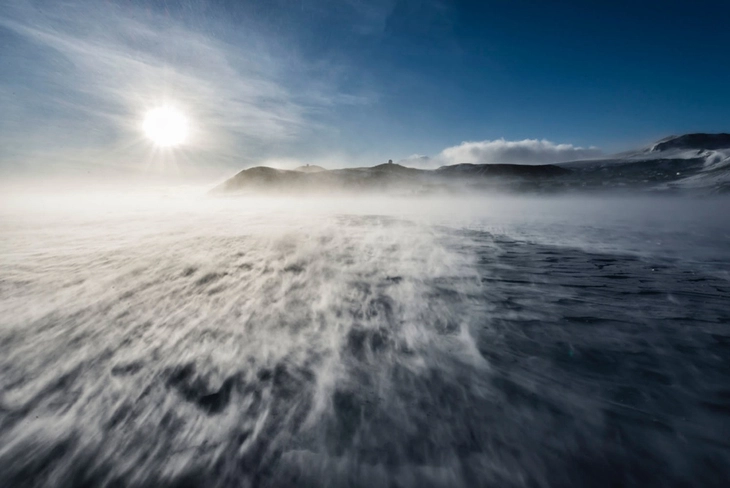
The coldest, windiest and driest place in the world. The lowest temperature ever recorded was at Russia's Vostok station in 1983: -98°C. In winter, sunlight completely disappears for months. Winds here can reach speeds of 320 km/h, as strong as a super typhoon - Photo: Discoveringantarctica
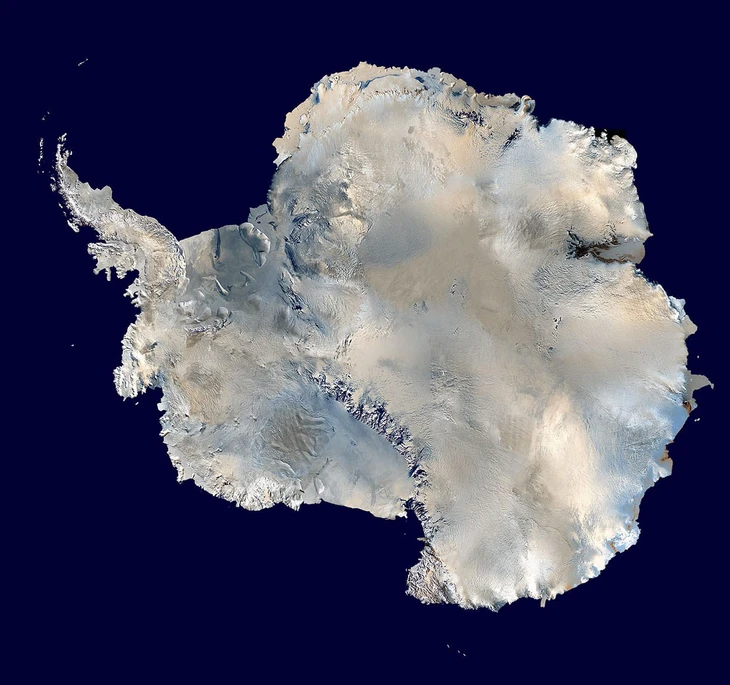
Antarctica used to be... warm and green . About 100 million years ago, Antarctica had a warm climate with coniferous forests, ferns and diverse animals. Fossil evidence shows that this continent was once part of the supercontinent Gondwana - Photo: Discoveringantarctica
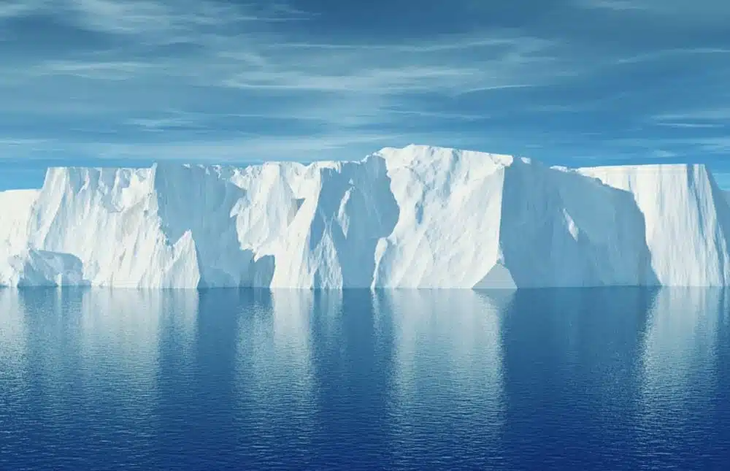
The ice is up to 4.8 km thick in some places , forming a massive ice mass containing up to 70% of the Earth's fresh water. If all the ice in Antarctica melted, global sea levels would rise about 60 meters, enough to submerge many of the world's major coastal cities. This makes Antarctica an important center for climate change research - Photo: escales.ponant
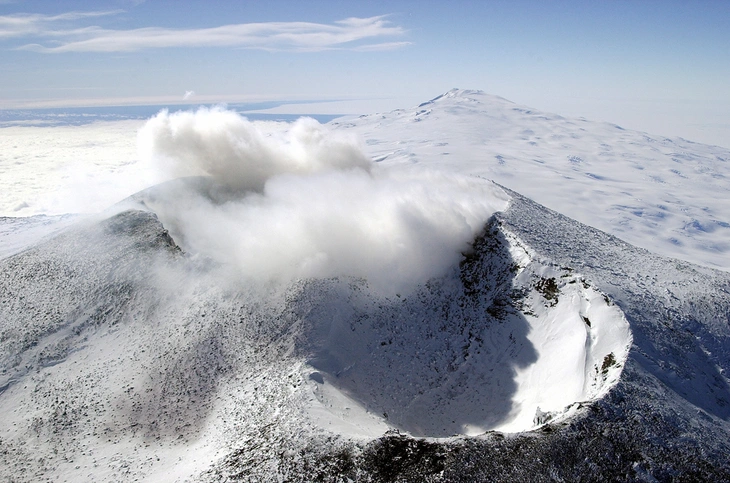
Active volcanoes and unique ecosystems . Antarctica has at least two active volcanoes: Mount Erebus and Deception Island. Despite its harsh climate, it is home to many endemic species, including emperor penguins, fish, crustaceans, and whales that live along the surrounding waters. Additionally, Antarctica has no land mammals, reptiles, or amphibians - Photo: Josh Landis/National Science Foundation
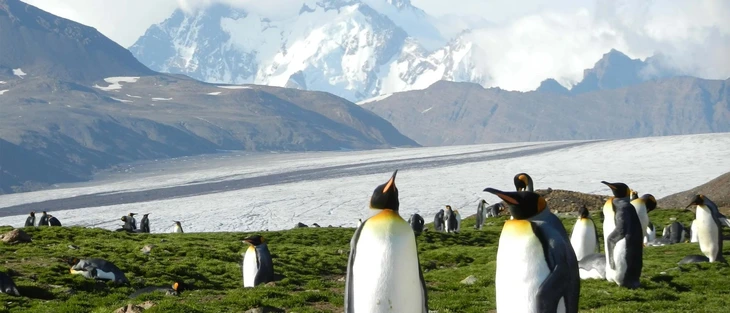
Plants are still "resilient" to survive . Although the vegetation is very poor, some mosses, lichens and algae still survive in coastal areas. In particular, scientists have recorded an increase in greenness on the surface of Antarctica over the past 50 years, a sign that climate change is changing the ecosystem here - Photo: Travelhx
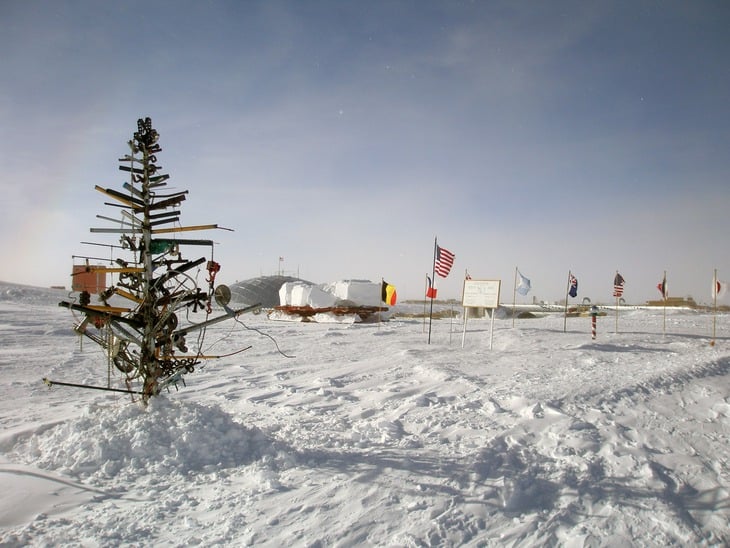
Antarctica has no indigenous people . However, in the summer, about 4,000 scientists from more than 20 countries come here to work at research stations. In the winter, this number drops to about 1,000 people - Photo: Alan Light
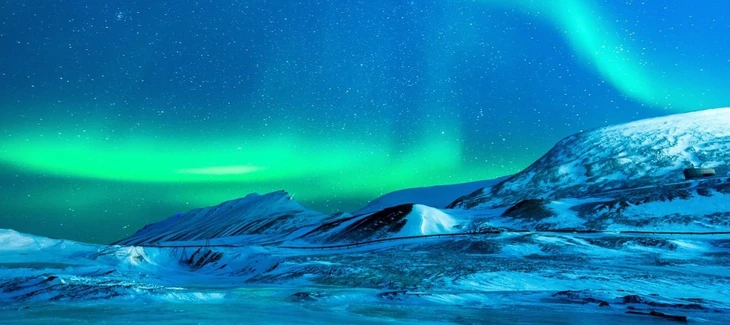
With its dry, clean air and lack of light pollution, Antarctica is a paradise for astronomers, one of the best places on Earth to observe the universe, especially the cosmic background radiation - Photo: Antarcticatravels
Source: https://tuoitre.vn/nhung-su-that-thu-vi-ve-nam-cuc-it-nguoi-biet-20250424143328788.htm


















































![[Maritime News] More than 80% of global container shipping capacity is in the hands of MSC and major shipping alliances](https://vphoto.vietnam.vn/thumb/402x226/vietnam/resource/IMAGE/2025/7/16/6b4d586c984b4cbf8c5680352b9eaeb0)










































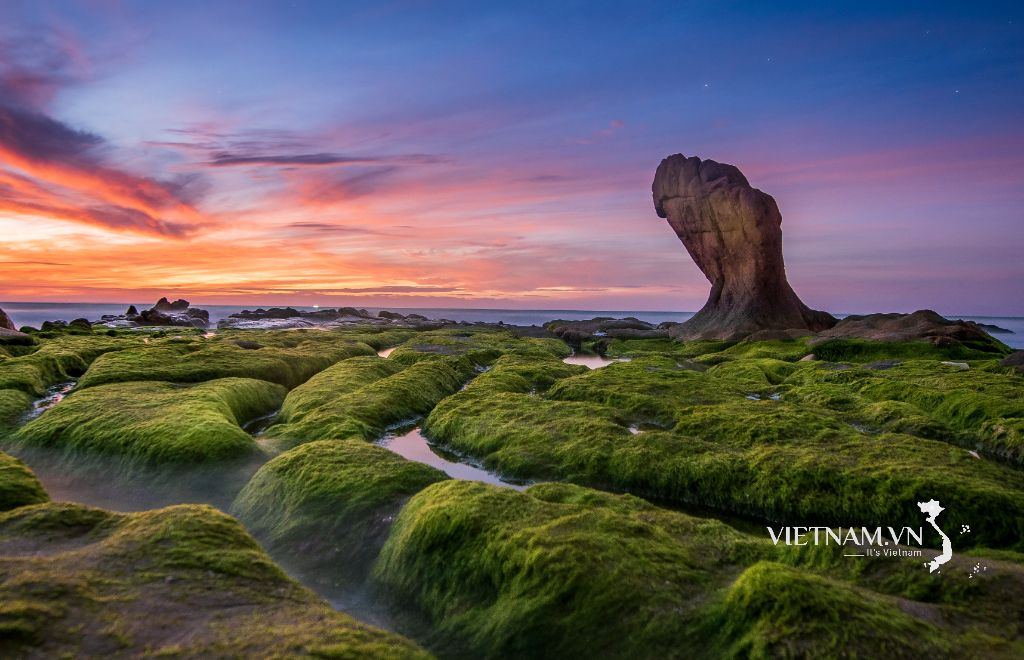


Comment (0)